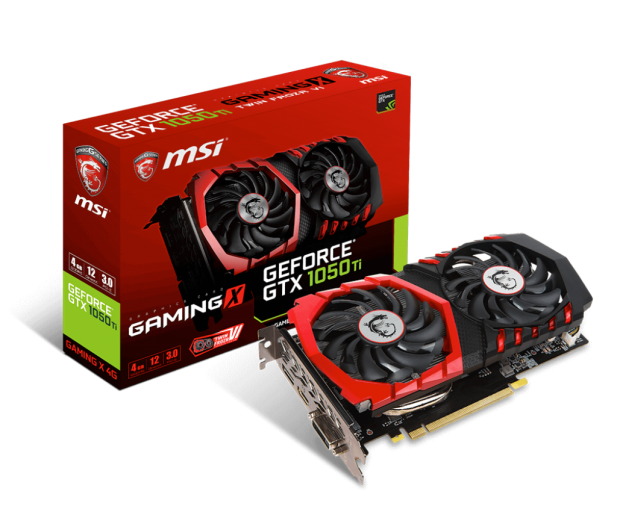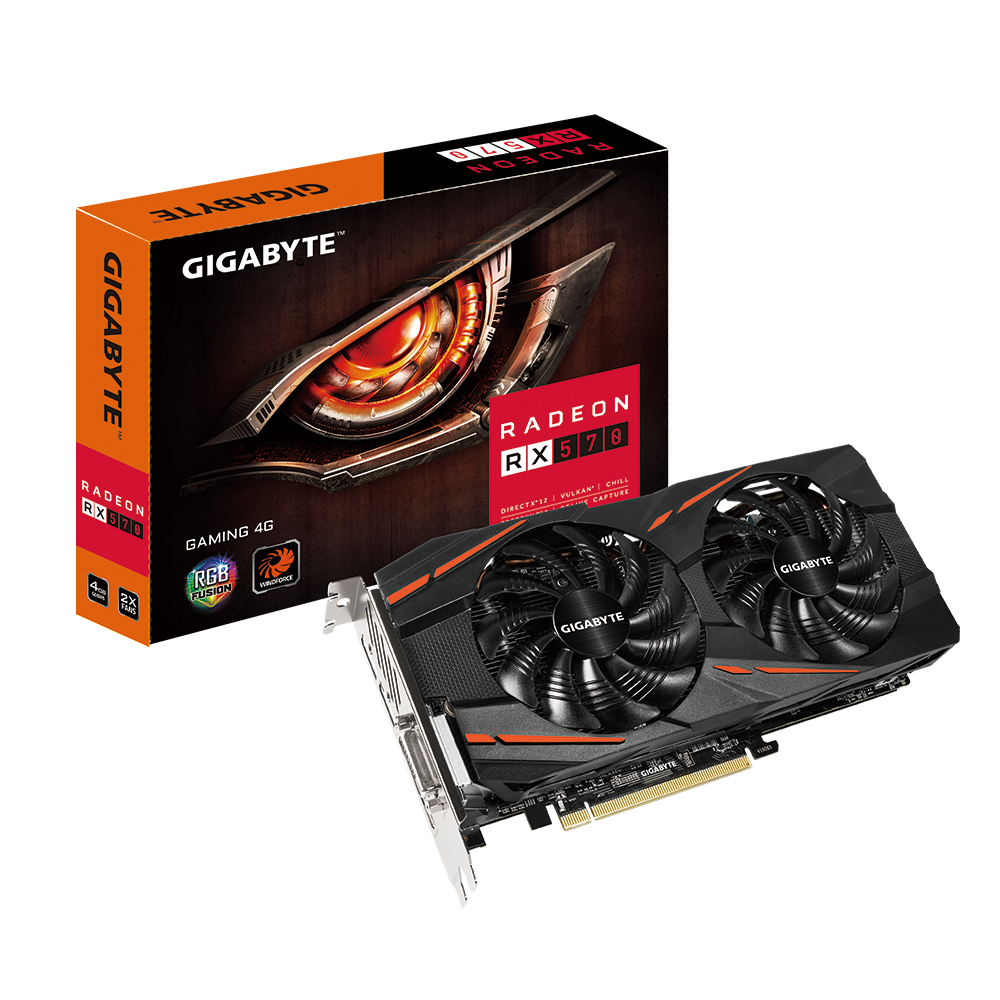Is your trusty old PC feeling sluggish and struggling to keep up with modern applications and games? Don't worry, we've got you covered! In this video, we're diving into the world of GPU upgrades and exploring the top 4 used GPUs that can breathe new life into your aging rig. From the reliable GTX 750 Ti to the powerful GTX 1060, including gems like the GTX 1050 Ti and the RX 570, we'll walk you through the benefits of each GPU and show you just how much of an incredible performance boost you can achieve. Get ready to unleash the true potential of your old PC!
1. GTX 750ti
NVIDIA started GeForce GTX 750 Ti sales 18 February 2014 at a recommended price of $149 . This is a desktop graphics card based on a Maxwell architecture and made with 28 nm manufacturing process. It is primarily aimed at gamer market. 4 GB of GDDR5 memory clocked at 5.4 GB/s are supplied, and together with 128 Bit memory interface this creates a bandwidth of 86.4 GB/s.
Compatibility-wise, this is double-slot card attached via PCIe 3.0 x16 interface. Its manufacturer default version has a length of 5.7" (14.5 cm). No additional power connector is required, and power consumption is at 60 Watt.
| Pipelines / CUDA cores | 640 | of 20480 (Data Center GPU Max NEXT) |
| CUDA cores | 640 | |
| Core clock speed | 1020 MHz | of 2610 (Radeon RX 6500 XT) |
| Boost clock speed | 1085 MHz | of 3599 (Radeon RX 7990 XTX) |
| Number of transistors | 1,870 million | of 14400 (GeForce GTX 1080 SLI Mobile) |
| Manufacturing process technology | 28 nm | of 4 (GeForce RTX 4080) |
| Power consumption (TDP) | 60 Watt | of 2400 (Data Center GPU Max Subsystem) |
| Texture fill rate | 43.40 | of 969.9 (H100 SXM5 96 GB) |
| Floating-point performance | 1,389 gflops | of 16384 (Radeon Pro Duo) |
NVIDIA started GeForce GTX 1050 Ti sales 25 October 2016 at a recommended price of $139 . This is a desktop graphics card based on a Pascal architecture and made with 16 nm manufacturing process. It is primarily aimed at gamer market. 4 GB of GDDR5 memory clocked at 7.01 GHz are supplied, and together with 128 Bit memory interface this creates a bandwidth of 112 GB/s.
Compatibility-wise, this is dual-slot card attached via PCIe 3.0 x16 interface. Its manufacturer default version has a length of 145 mm. No additional power connector is required, and power consumption is at 75 Watt.
| Pipelines / CUDA cores | 768 | of 20480 (Data Center GPU Max NEXT) |
| CUDA cores | 768 | |
| Core clock speed | 1291 MHz | of 2610 (Radeon RX 6500 XT) |
| Boost clock speed | 1392 MHz | of 3599 (Radeon RX 7990 XTX) |
| Number of transistors | 3,300 million | of 14400 (GeForce GTX 1080 SLI Mobile) |
| Manufacturing process technology | 16 nm | of 4 (GeForce RTX 4080) |
| Power consumption (TDP) | 75 Watt | of 2400 (Data Center GPU Max Subsystem) |
| Maximum GPU temperature | 97 °C | |
| Texture fill rate | 66.82 | of 969.9 (H100 SXM5 96 GB) |
| Floating-point performance | 2,138 gflops | of 16384 (Radeon Pro Duo) |
AMD started Radeon RX 570 sales 18 April 2017 at a recommended price of $169 . This is a desktop graphics card based on a Polaris architecture and made with 14 nm manufacturing process. It is primarily aimed at gamer market. 8 GB of GDDR5 memory clocked at 7 GHz are supplied, and together with 256 Bit memory interface this creates a bandwidth of 224.0 GB/s.
Compatibility-wise, this is dual-slot card attached via PCIe 3.0 x16 interface. Its manufacturer default version has a length of 241 mm. 1x 6-pin power connector is required, and power consumption is at 120 Watt.
| Pipelines / CUDA cores | 2048 | of 20480 (Data Center GPU Max NEXT) |
| Core clock speed | 1168 MHz | of 2610 (Radeon RX 6500 XT) |
| Boost clock speed | 1244 MHz | of 3599 (Radeon RX 7990 XTX) |
| Number of transistors | 5,700 million | of 14400 (GeForce GTX 1080 SLI Mobile) |
| Manufacturing process technology | 14 nm | of 4 (GeForce RTX 4080) |
| Power consumption (TDP) | 120 Watt | of 2400 (Data Center GPU Max Subsystem) |
| Texture fill rate | 159.2 | of 969.9 (H100 SXM5 96 GB) |
| Floating-point performance | 5,095 gflops | of 16384 (Radeon Pro Duo) |
NVIDIA started GeForce GTX 1060 3 GB sales 18 August 2016 at a recommended price of $199 . This is a desktop graphics card based on a Pascal architecture and made with 16 nm manufacturing process. It is primarily aimed at gamer market. 3 GB of GDDR5 memory clocked at 8.01 GHz are supplied, and together with 192 Bit memory interface this creates a bandwidth of 192.2 GB/s.
Compatibility-wise, this is dual-slot card attached via PCIe 3.0 x16 interface. Its manufacturer default version has a length of 250 mm. 1x 6-pin power connector is required, and power consumption is at 120 Watt.
| Pipelines / CUDA cores | 1152 | of 20480 (Data Center GPU Max NEXT) |
| Core clock speed | 1506 MHz | of 2610 (Radeon RX 6500 XT) |
| Boost clock speed | 1708 MHz | of 3599 (Radeon RX 7990 XTX) |
| Number of transistors | 4,400 million | of 14400 (GeForce GTX 1080 SLI Mobile) |
| Manufacturing process technology | 16 nm | of 4 (GeForce RTX 4080) |
| Power consumption (TDP) | 120 Watt | of 2400 (Data Center GPU Max Subsystem) |
| Texture fill rate | 123.0 | of 969.9 (H100 SXM5 96 GB) |
| Floating-point performance | 3,935 gflops | of 16384 (Radeon Pro Duo) |








.png)
Comments
Post a Comment